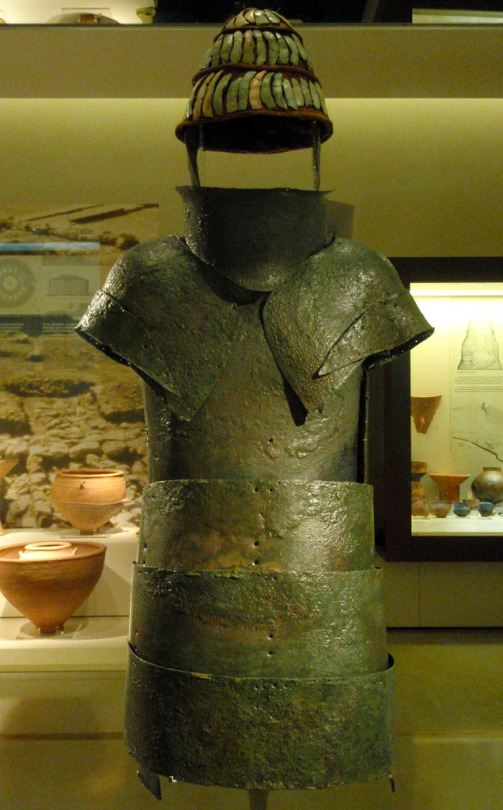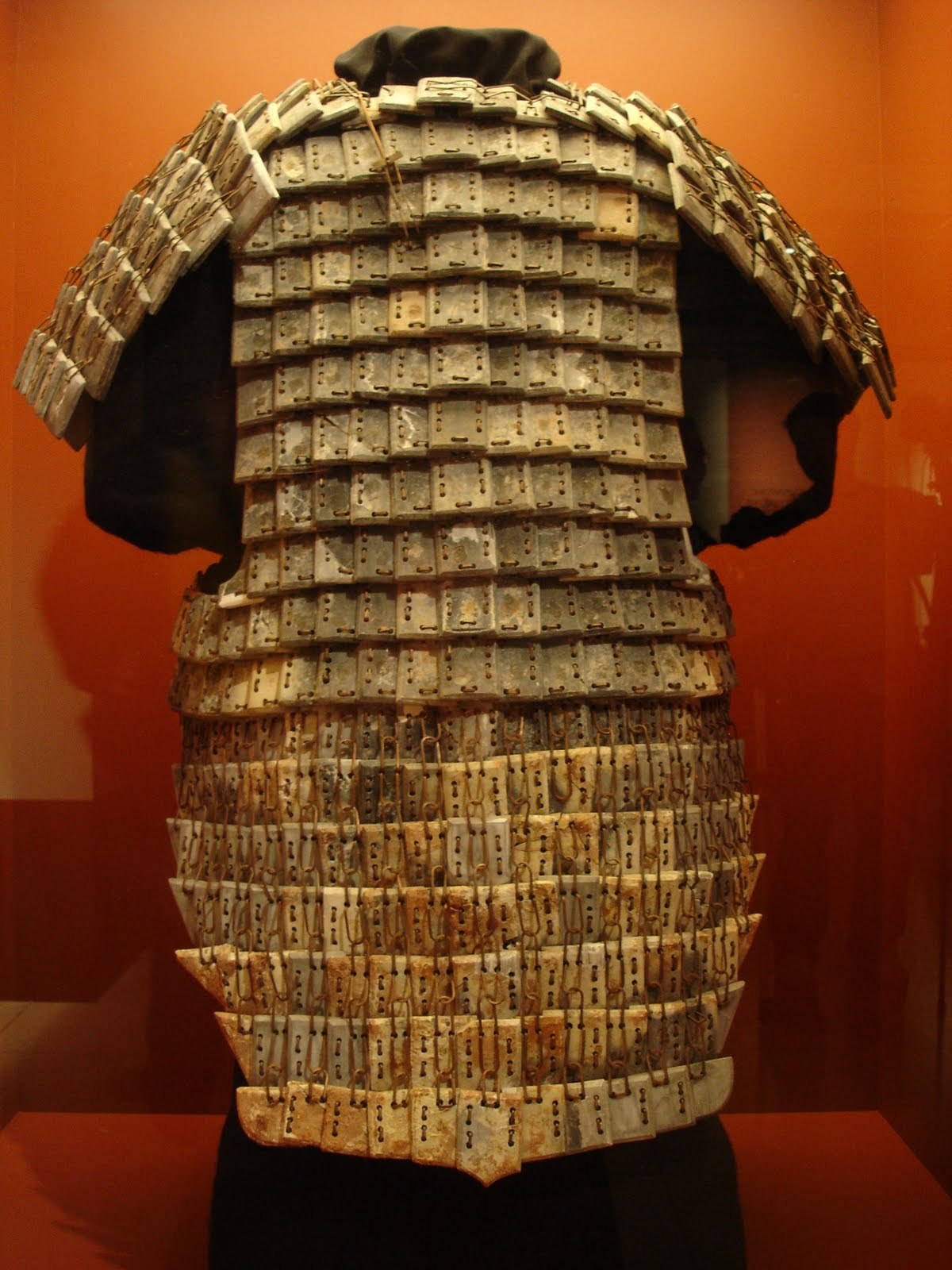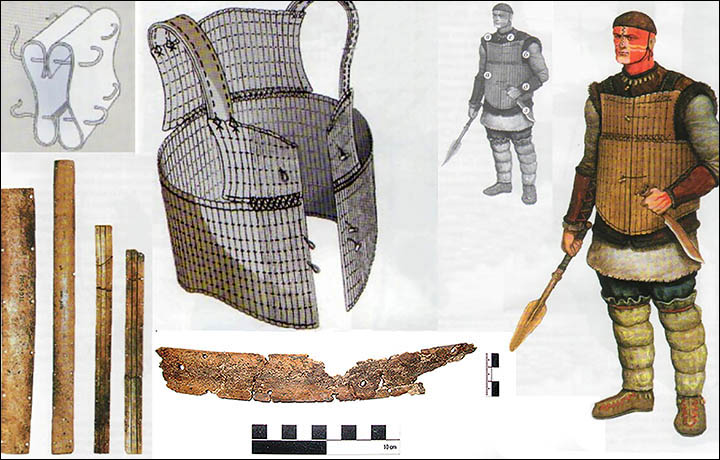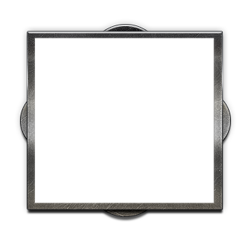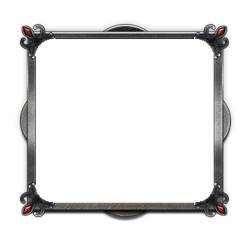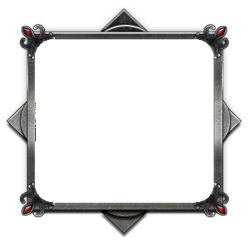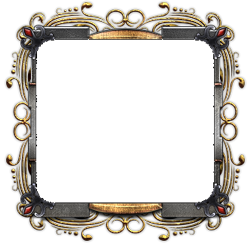I've read quite a bit about smithing as a hobby of mine so I can give you a general breakdown.
The grip in your opening post seems to be ivory so it was likely carved. The bronze/brass however likely utilized lost wax casting. The general process for that is they would carve it to look exactly how they want in wax and then they would pack it in a box of greensand. It's important to leave a running thingy so the molten metal as somewhere to go once it's filled up the mold and it should be larger than the casting itself because metal does this funny thing when it cools down and the largest area of the metal when cooling tends to do some bad things that you wouldn't want to happen to your casting proper.
If you were interested in doing something like that yourself nowadays you'd probably want something like K-Bond oil bonded casting sand. It's great for really high detail stuff like a coin or intricate carvings. Petrobond is also a good option. If you want to try making your own greensand this thread is a good start.
Check out a book called The Hobbyist's Guide to Casting Metal by Ben Baker. Should tell you pretty much everything you need to know. Tim McCreight - The Complete Metalsmith, An Illustrated Handbook is also a good one.
It's important to note that while they would have used something like lost wax casting or greensand casting for the bronze, which was typically a cast metal, they'd have done differently for steel and that would be forged rather than cast most likely. The reason why is because steel requires much higher temperatures.
Here are some very helpful resources:
AnvilFire - Safety, read this first
iForgeIron - Overview of Metal Casting for Beginners
BladeSmithsForum
MetalAristForum
BackyardMetalCasting
BudgetCastingSupply
The Artful Bodger's Home Foundry







 Allagatōr Kataphraktos from Thrace (of Palaiologan era)
Allagatōr Kataphraktos from Thrace (of Palaiologan era)
